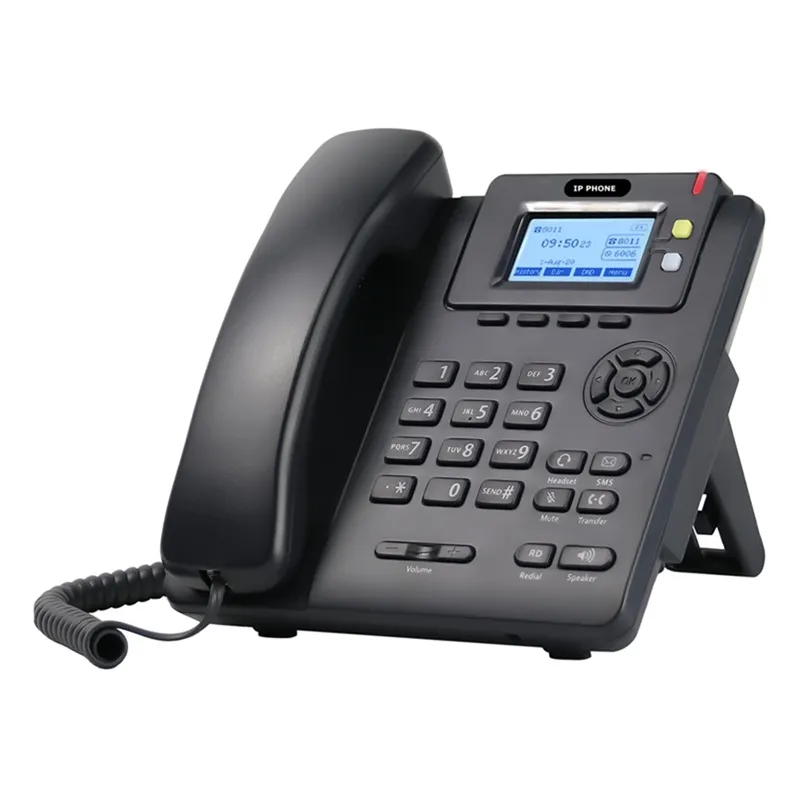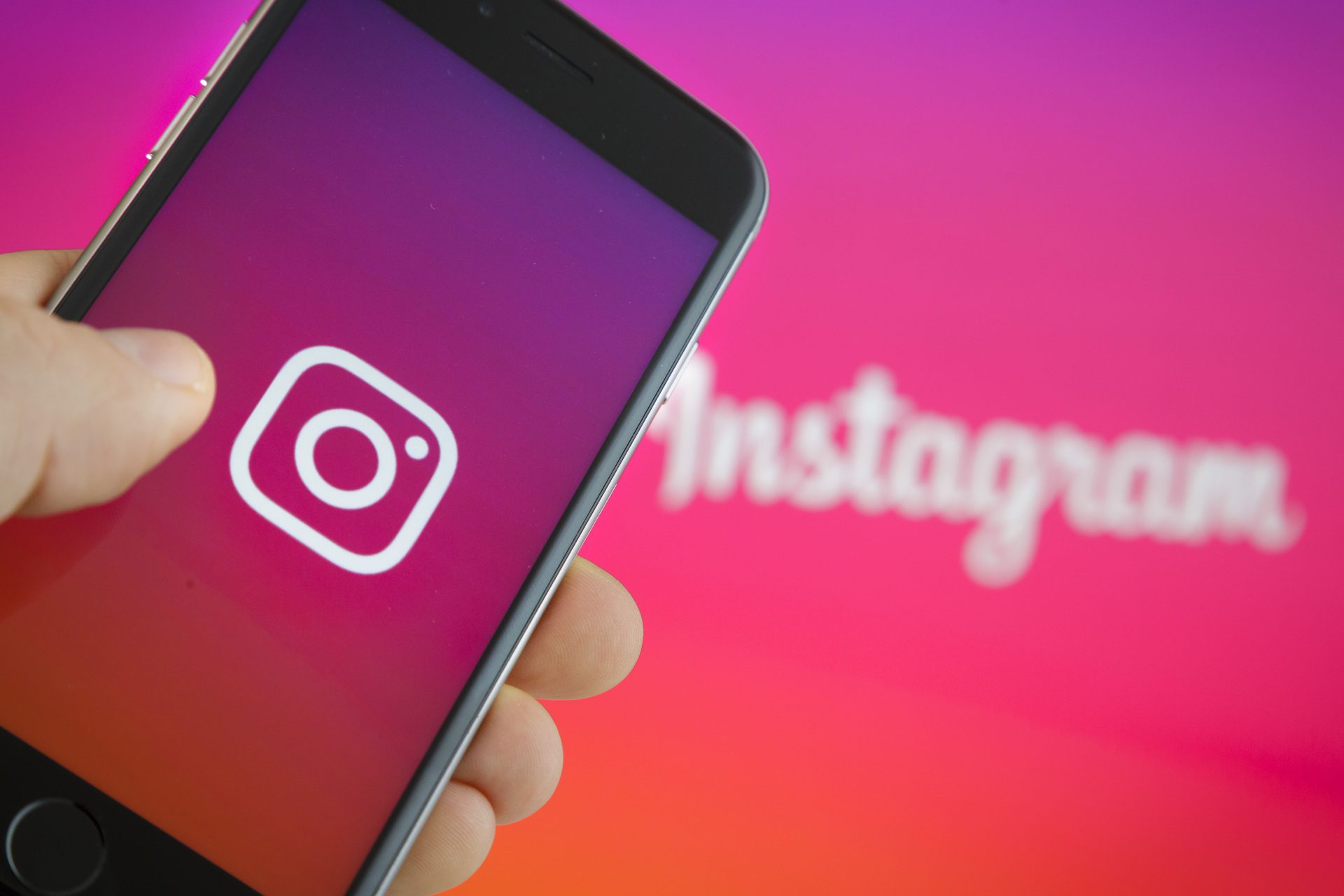![]()
In today’s digital age, organizing the icons on your Android phone can greatly enhance your user experience. Whether you want to rearrange your home screen or create custom folders, knowing how to move icons on your Android device is essential. In this comprehensive guide, we will walk you through the process of moving icons on your Android phone, providing you with actionable steps and useful tips along the way.
As smartphones have become an integral part of our daily lives, customizing our home screens to suit our preferences has become increasingly important. Moving icons on your Android device allows you to personalize your user interface and optimize the accessibility of your most-used apps. Whether you want to group similar apps together, create shortcuts for faster access, or simply rearrange your icons for aesthetic purposes, this guide will equip you with the knowledge and techniques to do so.
How to Move Icons on Your Android Home Screen
Moving icons on your Android home screen is a straightforward process that requires just a few simple steps. Follow the instructions below to rearrange your icons with ease.
Tap and Hold the App Icon
The first step in moving an icon on your Android home screen is to tap and hold the app icon you wish to move. Locate the desired app on your home screen and long-press on its icon. This action will prompt the icon to enter the “move” mode, allowing you to reposition it on your screen. It’s important to note that tapping and holding the icon will enable the move function, while a short tap will open the app as usual.
Pro Tip: If you accidentally open the app instead of entering the move mode, simply close the app and try again. It may take a few attempts to perfect your technique.
Drag the App Icon to Your Desired Location
With the app icon in move mode, you can now proceed to drag it to your desired location on the screen. While holding the icon, move your finger in the desired direction to adjust its position. If you want to move the app to another page of your home screen, simply drag it to the right or left edge of the current screen, and the next page will automatically open for you. This feature allows you to organize your icons across multiple pages, ensuring easy access to all your favorite apps.
Pro Tip: Experiment with different icon layouts to find the arrangement that suits your needs best. You can group similar apps together, place frequently used apps within easy reach, or create a visually appealing layout by arranging icons according to color or theme.
Organize Icons into Folders
To create a more organized home screen, you can also group related apps together in folders. This feature allows you to declutter your screen and access multiple apps with a single tap. To create a folder, follow these steps:
- Drag an app icon over another app icon. This action will automatically create a folder and place the two apps inside.
- Long-press the folder to access additional options. This menu allows you to rename the folder, add more apps to it, or remove it from your home screen.
Pro Tip: Use folder organization to categorize your apps based on their functionality or usage. For example, you can create a folder for social media apps, productivity tools, or entertainment apps. This will make it easier to locate specific apps and streamline your user experience.
Additional Tips for Icon Management
Beyond the basic steps of moving icons on your Android home screen, there are a few additional tips that can further enhance your icon management experience. These tips include adding app icons to your home screen and removing icons that you no longer need.
Adding App Icons to Your Home Screen
If you want to add an app icon to your home screen directly from the app drawer, follow these simple steps:
- Open the app drawer by swiping up from the bottom of your home screen or tapping the app drawer icon (usually a grid of dots or squares).
- Locate the app you want to add to your home screen and long-press on its icon.
- Drag the app icon to your desired location on the home screen, and release your finger to place it.
Pro Tip: To streamline the process of adding new app icons to your home screen, you can adjust your settings in the Play Store. By enabling the option to automatically add new app icons to your home screen, you won’t have to manually add them every time you install a new app.
Removing Icons from Your Home Screen
If you want to remove an icon from your home screen without uninstalling the corresponding app, follow these steps:
- Tap and hold the app icon you wish to remove.
- Drag the icon to the “Remove” or “Delete” option that appears on the screen.
- Release your finger to remove the icon from your home screen.
Pro Tip: Regularly review your home screen to ensure that it remains clutter-free and optimized for your needs. Removing unused icons can free up valuable screen real estate and improve overall performance.
Troubleshooting Common Issues
While moving icons on your Android home screen is generally a smooth process, you may encounter some issues along the way. This section will address common problems and provide troubleshooting solutions.
App Icons Not Moving
If you find that your app icons are not moving when you attempt to drag them, try the following solutions:
- Restart your Android device: A simple restart can resolve temporary software glitches that may be affecting the icon movement.
- Check for app restrictions: Some apps, particularly pre-installed system apps, may not allow their icons to be moved. If this is the case, you won’t be able to rearrange the icons for these apps.
Missing Options for Organizing Icons
If you are unable to access the options for organizing icons, such as creating folders or removing them, follow these steps:
- Ensure that you are using a compatible launcher: Different Android devices come with various launchers, and not all launchers offer the same customization options. Consider downloading a third-party launcher from the Google Play Store to access additional features.
- Update your device’s software: Outdated software versions may lack certain customization options. Check for system updates and install them if available.
Conclusion
In conclusion, moving icons on your Android phone is a simple yet effective way to personalize your user experience and optimize the accessibility of your apps. By following the steps outlined in this guide, you can easily rearrange icons on your home screen, create custom folders, and streamline your app management. Remember to experiment with different layouts and organization methods to find the configuration that works best for you. With these techniques at your disposal, you can take full control of your Android device and create a truly personalized interface.






